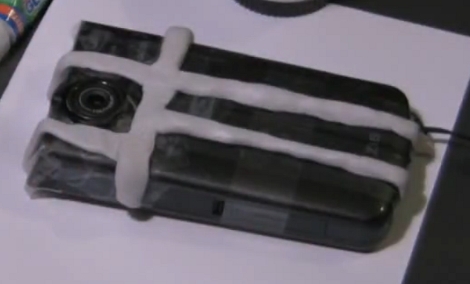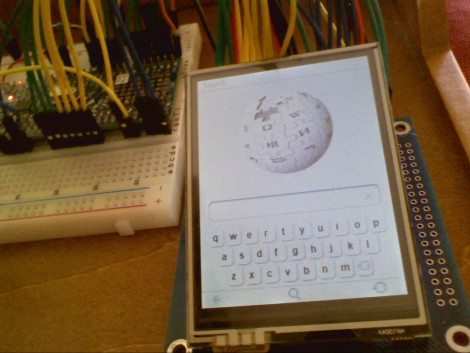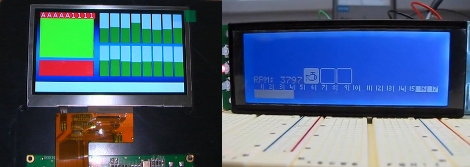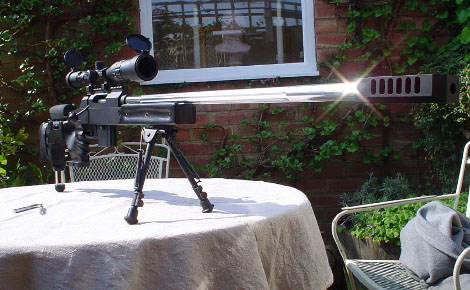[vimeo=http://vimeo.com/11435910]
[Erik] and [Jonathan Bergqvist] built this shoulder mount for a Canon 7D camera. It’s made from wood and it hooks over the top of the photographer’s shoulder with a handle for each hand. The left handle also controls the focus, using a similar method to the hardware store follow focus we looked at in January. Like it or not, you’ll love watching a master woodworker build this starting with un-milled logs. It’s all about having and knowing how to use the right tools.
[Thanks Juan]
















